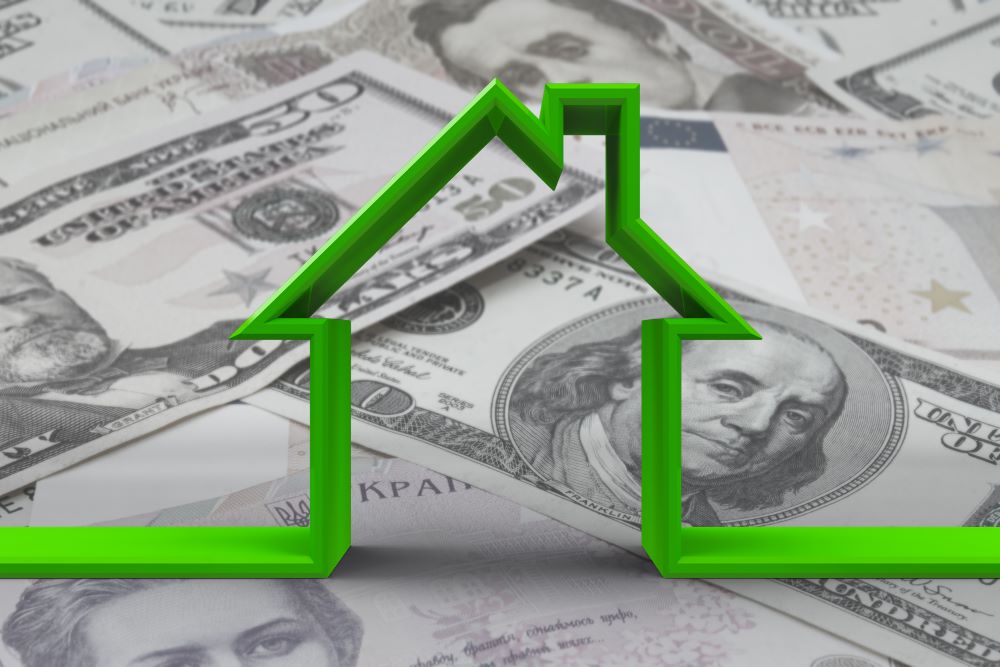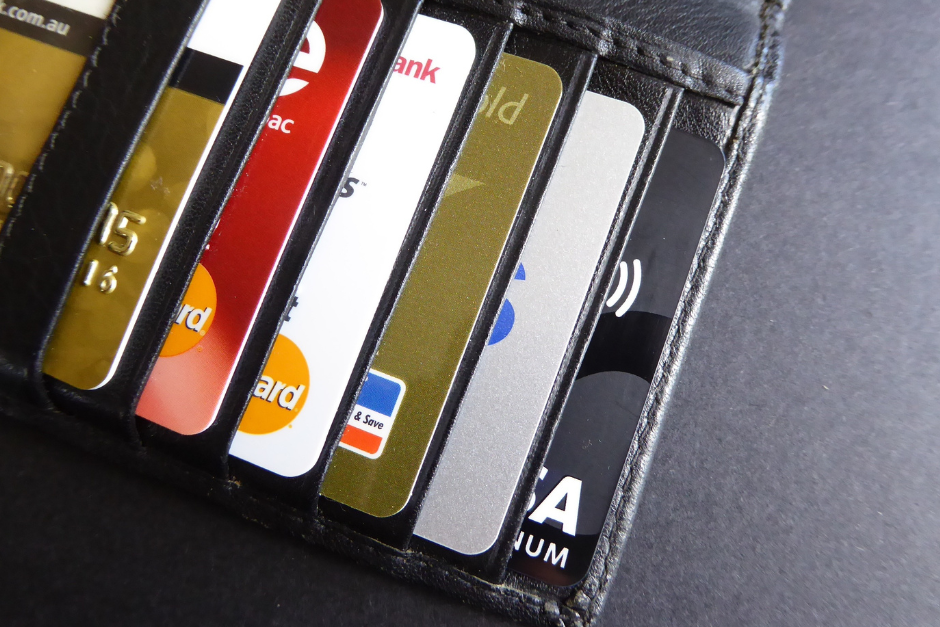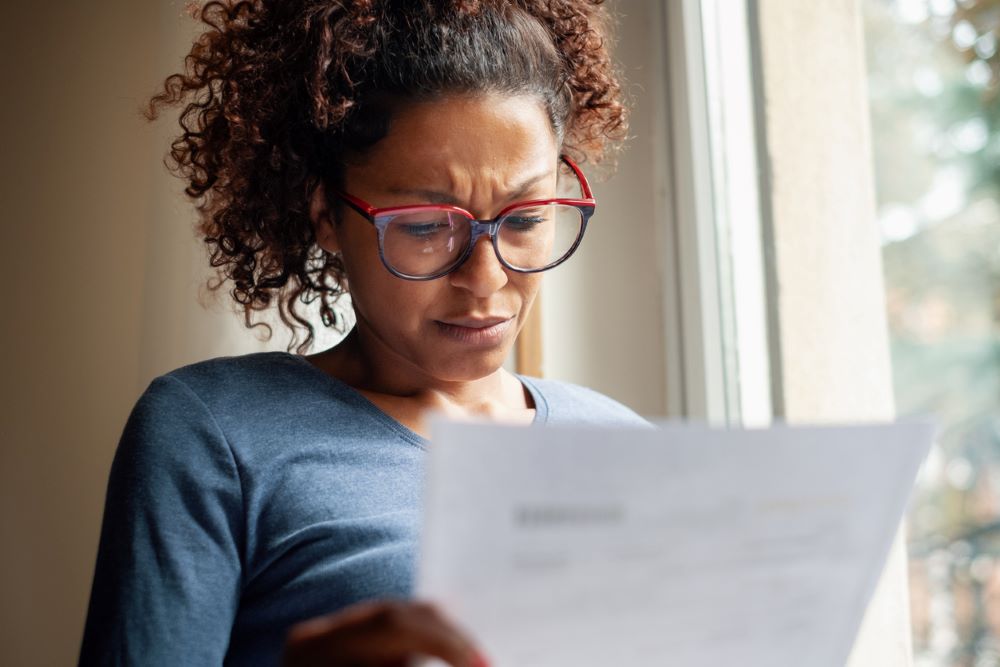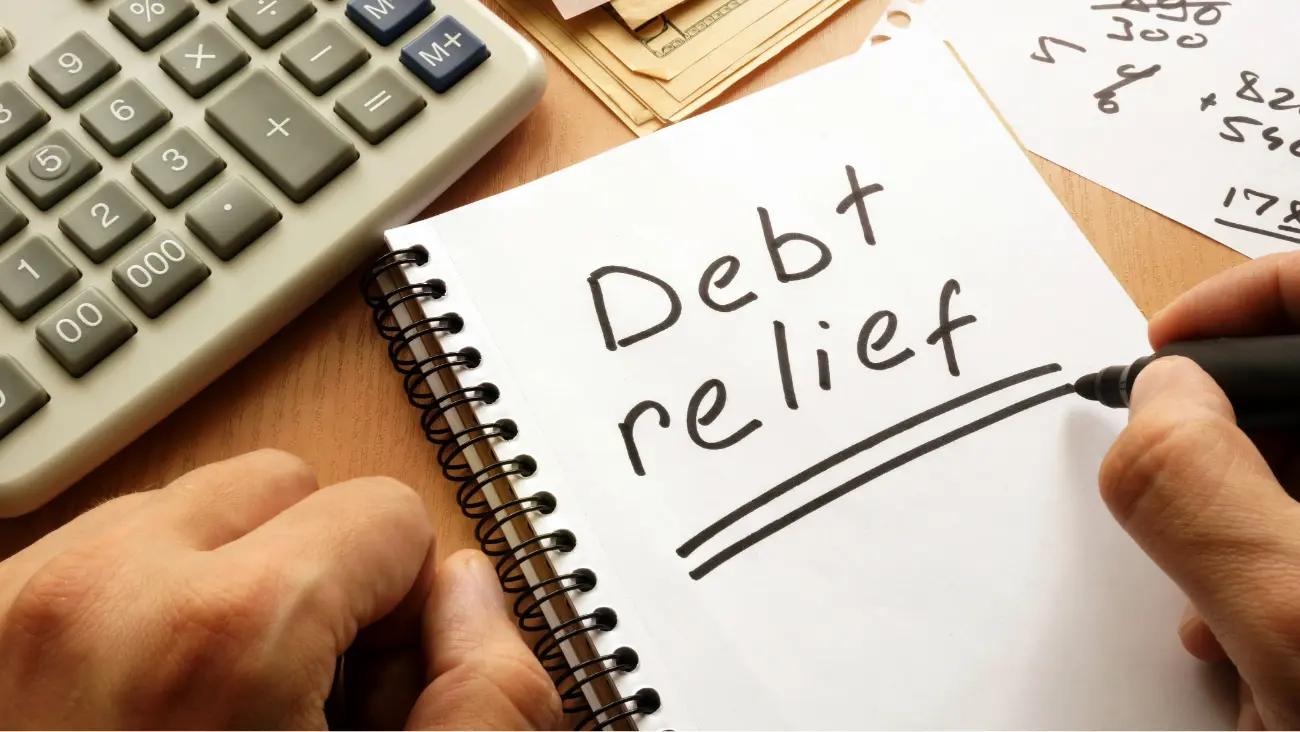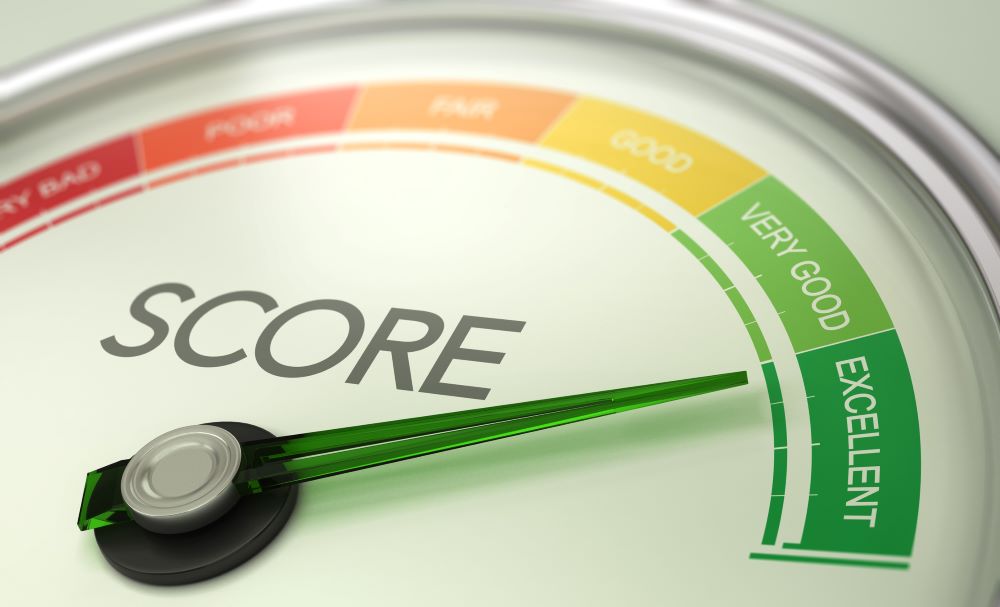When it comes to a line of credit, there are two types you can apply for – secured and unsecured. Learn more about each option, so you know what is right for you.
Secured Lines of Credit
When you take out a secured line of credit, you agree to put one of your personal assets as collateral, so your lender can use it to recover some of their losses if you fail to repay the loan. If you fail to make at least your minimum payments, the lender can seize the assets in question and sell it to recover the money.
Most personal credit lines don’t have any collateral backing them, in a similar way as credit cards. However, there are options if you want to take out a secure line of credit. A home equity line of credit (HELOC) is a popular option that lets you borrow against the equity you have available in your home, with the property becoming collateral for the line of credit.
In most cases, lenders limit the amount of money you can borrow to up to 85% of the value of your house, minus the outstanding balance of your mortgage. If you don’t want to put your house as collateral, you may choose a line of credit that’s secured against a certificate of deposit or a savings account.
The main benefit of opting for a secured line of credit instead of an unsecured one is that you are more likely to get lower interest rates because the lender has more security. The downside, however, is that you may lose your asset if you fail to make payments.
Unsecured Lines of Credit
With an unsecured line of credit, you don’t need to put anything as collateral, but since lenders take on more risks, you might have to accept higher interest rates than you would with a secured line of credit. The limits for unsecured lines of credit vary considerably depending on the lender and your own credit scores. Pay attention to any fees that might be in place, because some lenders charge annual fees to keep the account open. When you are looking for a line of credit, it’s important to do your research and speak to your lender.

